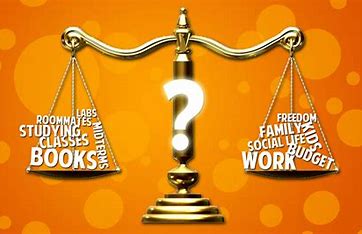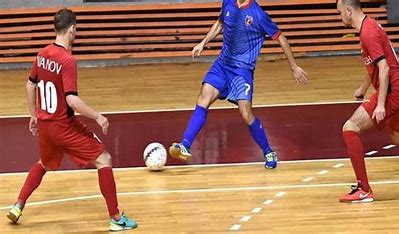Charles B. Neusch ’18
The second presidential debate of the election season occurred on Oct. 9 with major party candidates Donald Trump and Hillary Clinton at Washington University in St. Louis. The gates opened, the gloves came off and the mud went flying.
The debate, unlike the first, was in the form of a town hall meeting and was moderated by CNN anchor Anderson Cooper and ABC News anchor Martha Raddatz. The debate was a town hall format where the audience asked the majority of the questions and enabled the two candidates to walk around the stage and address the attendees directly.
This debate largely consisted of each candidate questioning their opponents contentious moral background and gradually transformed into a discussion about the more relevant issues facing the United States and its citizens.
“The debate in and of itself would not be used as a means to sway support,” said Jeffrey Carroll, assistant professor of political science. “What might be most important are the events that transpired before the debate: Trump’s audiotape and Hillary’s transcripts of her paid speeches on Wall Street.”
Both candidates performed strongly and many believed that Trump improved his strategy from the first debate. He was able to deliver more concise answers and pivot questions away from himself, redirecting them toward Clinton, who professionally stood her ground. This, coupled with less Trump interruptions and tough moderator questions, made for a heated and substantive debate.
At first, Trump was questioned about the comments he made in 2005 encouraging sexual assault and he quickly brushed off them off as locker room talk.
“I have great respect for women,” Trump said, when he apologized for his comments on women. “Nobody has more respect for women than I do.”
After the issue was pressed by moderators, Trump countered with the harassment accusations against former President Bill Clinton and Hillary’s treatment of Bill’s alleged victims. Trump invited the three women who had recently accused Bill of sexual harassment to debate.
At one point, after Clinton criticized Trump’s temperament, he retorted that she would be in jail if he was in office.
After these issues were addressed, the debate turned to fixing the economy, stabilizing the Middle East, and fighting terrorism.
Although, Trump performed better in this debate than the first according to polling data, he evaded some of the moderator’s questions on his foreign policy platform, compelling Raddatz to ask and re-ask particular questions.
On several occasions throughout the debate, Clinton stated that the Trump’s claims were completely false.
“At some point, we need to do some fact-checking here,” Clinton said, urging viewers to go to her website.
At the debate’s end, the debate took a surprising turn in mood when each candidate was asked to identify a merit of their opponent that they admire. Clinton complemented Trump’s children and Trump commended Clinton’s work ethic and determination.
Although a scientific CNN poll shows a huge win for Clinton with a 57 percent lead over Trump’s 34 percent, according to unscientific online polls from the Drudge Report, Fox, and NBC, Trump won by a large margin. According to CNN, 63 percent of those polled said Trump did better than they thought he would while 60 percent thought Clinton did worse than they expected or just as they expected. As of Oct. 16, according to the New York Times, Clinton is polling at 45 percent with Trump close behind at 40 percent. Clinton has an 89 percent chance of winning the election.
“Many undecideds feel like they are between a rock and a hard place because they have to choose between the lesser of two evils,” said Carroll.
The third and final debate was moderated by Fox News anchor Chris Wallace at the University of Nevada on Oct. 19.


